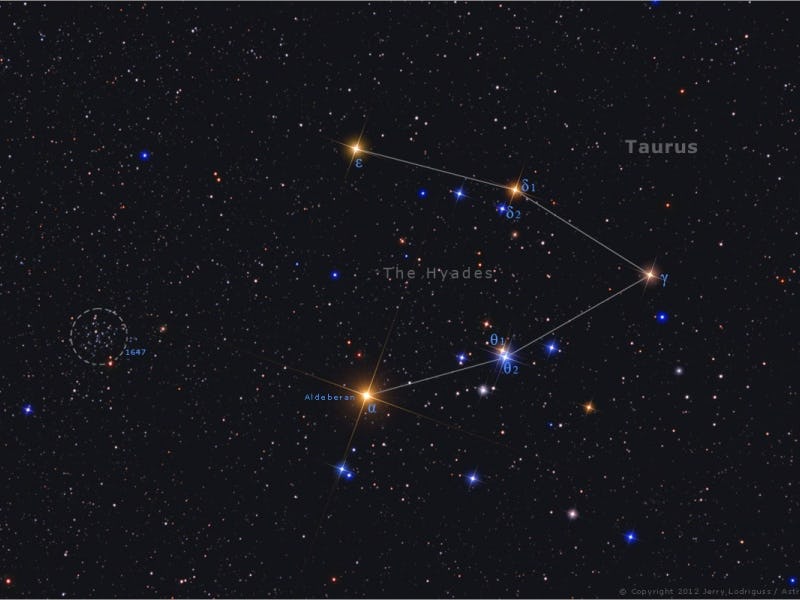Look Up At The Sky Day: 5 Celestial Wonders to See in April
The sky is about to be lit with fireballs.

Sometimes, people need a reminder to look up from their smartphones. While that probably wasn’t the inspiration behind Look Up At The Sky Day, it has certainly become a goal of the holiday.
“We invite you to take some time out of your day to relax, look up at the sky and appreciate the beauty and immensity of the universe,” the Canadian Space Agency tweeted on Saturday. The holiday doesn’t require much, but has given space agencies a chance to share their perks from the job: breathtaking views of the galaxy.
While the origins of Look Up At The Sky Day are unknown, it has become a widely celebrated day on social media, where following the #LookUpAtTheSkyDay trend will yield images of anything from the Northern Lights to suggestive-looking clouds. Fortunately, the holiday arrives at a time when astronomers are expecting meteor showers, the Pink Moon, and a few great spectacles. Since you’re looking up anyway, be sure to check out these cosmic showstoppers when they appear in April.
Composite image of Lyrid meteors, seen over New Mexico
April 16: The Lyrid meteor shower
The annual Lyrid meteor shower kicks off April 16 and will stick around until April 25, but it’s expected to peak just before dawn on April 22. Considered one of the oldest meteor showers in existence, this shower can produce up to 18 meteors per hour and is known to throw in a few fireballs. The Lyrids, which are leftover debris from Comet Thatcher, radiate from the constellation Lyra, but you can look in any direction to see the show after April 16. Meteors will be streaking in all directions.
Venus and the moon in Missouri
April 17: The moon cozies up to Venus
Set your alarm for this on Tuesday evening. About 90 minutes after sunset, the crescent moon will be visible and sitting six degrees to the lower left of Venus. The pair will be close enough to each other that they could be captured in one frame.
The Hyades make up the face of Taurus the Bull
April 18: The moon gets inside the Hyades
Taurus season is coming on April 20, but the moon gets a head start in the early evening of April 18. The constellation Taurus is a V-shaped bull face partially comprised of an open star cluster known as the Hyades, which also happens to be one of the closest star clusters to Earth. The moon will appear inside the V, or the between the bull’s horns, at 8:30 p.m. local time and appear centered inside the V by 10:30 p.m.
Pink Moon in Earth's shadow on April 2015
April 29: Full Pink Moon
April’s full moon is known by many names: Egg Moon, Fish Moon, even Sprouting Grass Moon. But it’s most commonly known as the Pink Moon. According to the Old Farmer’s Almanac, the Pink Moon got its name because it marked the appearance of the phlox flower, aka moss pink. While the meteor shower will have just wrapped three days earlier, the sky will be extra bright when the Pink Moon arrives at 8:58 p.m. Eastern time.
Venus and Jupiter in the morning sky
April 30: Pink Moon meets Jupiter
Just before the Pink Moon sets the following morning, it will be making its final appearance alongside Jupiter. The pair will appear close together all night, but will reach their closest distance right before dawn, sitting just six degrees away from each other, low in the sky before setting in the west.